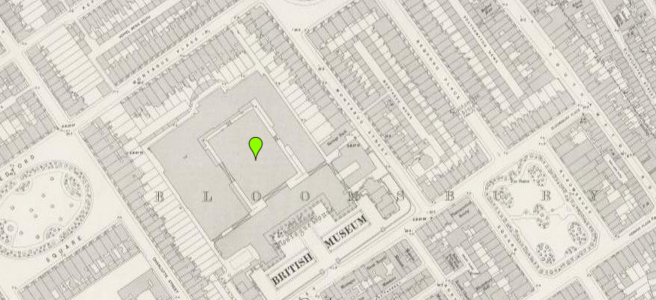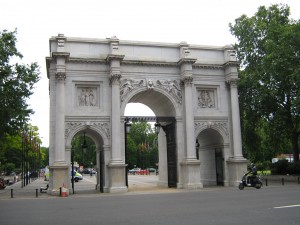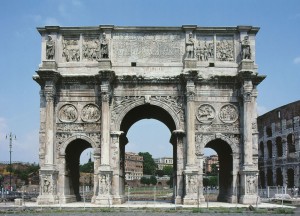The Royal Academy of Arts is an artistic institution based in Piccadilli London. It is mentioned briefly in The Romance of a Shop chapter IX. The significance of this institution is to display the artistic society the Lorimer sisters find themselves associating with. In chapter IX, the sisters attend a party at Frank Jermyn’s house to celebrate Mr. Oakley’s paintings being accepted into the Academy. Their photography shop, on Bakers Street, has integrated them into a society of artists. This integration of owners of a photograph studio into an artistic circle blurs the boundary of art and life. Photographs, at this time, were not fully considered works of artistic creation, and by including the Lorimer sisters with the artist Mr. Oakley Levy seems to be stating that photography is an artistic pursuit. Levy seems to be saying that the real life events captured in photographs are equal to paintings created by artists such as Mr. Oakley. Levy also made these declarations, about life and art, in a book; books are another form of artistic creation. The major relevance of the Royal Academy of Arts, in the book, is to blur people’s notion of what is art. Photography was seen as a hobby, not as a viable artistic form. The Lorimer sisters struggle to maintain afloat constantly taking a number of strange jobs in order to make money. Mr. Oakley is described as a mediocre painter, but he is still celebrated as a member of the Royal Academy. The difference between the two art forms can be seen in the juxtaposition of these two artists. The Lormiers are exceptional photographers, but they are not respected as members of the artistic circle because they take photographs. Mr. Oakley has not produced any type of exceptional painting in years, but he is still considered a great artist due to his profession and position in artistic circles. The Royal Academy of Arts displays the unfair representation of artistic talents in the Victorian Age.
Royal Academy of Arts



